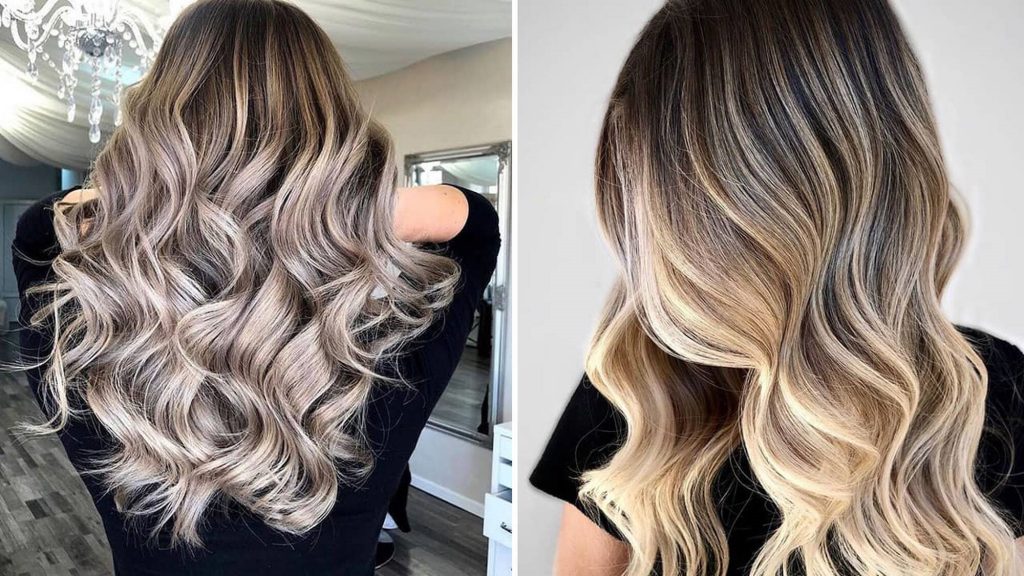
Balayage is a word which has been popping up on the hair scene recently but there is a lot of misunderstanding regarding this trend. Balayage has been around for a long time but came back to prominence recently thanks to social media. Balayage is actually derived from a French word which means “to sweep” and was originally intended to give women’s hair a sun-kissed look as if they had just returned from the beach in the summer. In France, the trend started in the 1970’s and, by the 1990’s, it had made its way to the United States.
Ombré vs. Balayage
These two terms often get confused with one another and, although the styles have some similarities, they are actually quite different. An ombré describes a dye technique in which hair towards the root starts as one color and is gradually faded into a distinct, separate color which is seen in its full effect at the ends of the hair. The balayage technique, on the other hand, includes a random application of highlights distributed over the entire head with a culmination of lightened hair, similar to an ombré, at the ends of the hair. The ombré and balayage trends started with light-haired women typically adding platinum blonde tones to dirty blonde hair but has now been adopted by women with all different hair colors.
Popular Colors For Balayage Hairstyles
As we alluded to above, light, platinum-blonde highlights on top of a dirty blonde base was the way this trend originally started. However, there are now several popular variations. Curly, caramel, balayage highlights have become a popular way for brunettes to adapt the style to their natural hair color. Cooler ash tones are also popular for brunettes who want to try balayage highlights. The trick is to highlight your hair with a color that could have possibly occurred naturally from long days in the sun.
Balayage Coloring Techniques
Balayage highlighting is sometimes called “free-hand painting” due to the application differences between normal highlights and ordinary dye jobs. Since the goal is for the hair to appear naturally sun-kissed instead of artificially highlighted, foils to separate locks of hair are typically not used. If the stylist does use foil in the treatment session, it will be to foil off sections instead of individual hair locks. After the desired sections have been colored, the client will typically sit under a hair dryer for 15 to 45 minutes. At this point, the stylist will assess whether the hair needs additional coloring or a moisturizing gloss to remove ashiness.
Benefits of Balayage Hairstyles
Since balayage hairstyles maintain dark roots, the maintenance for this hairstyle is much less than with many other dyed hairstyles where ingrowing roots tends to look unkempt. Therefore, this is a great hairstyle option for busy people who need to spread out their salon visits and don’t have time for numerous root touch up sessions. Fewer root touch up sessions also means healthier hair since your hair will be less frequently exposed to harsh dye chemicals.
Conclusion
Aside from being visually appealing, balayage hairstyles have become popular due to their numerous benefits and more natural look. It’s relatively easy to take care of and also a better option than universal dye jobs for people with brittle or damaged hair. Therefore, if you are looking to try something new at your next visit to the salon, ask your stylist to give you some balayage highlights.